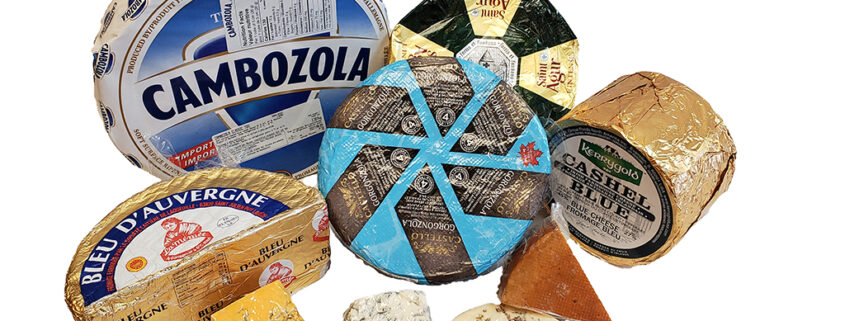
Contrary to popular belief, “blue cheese” is not as such a specific type of cheese—rather a general style of cheeses, which can vary broadly in all respects, from taste and relative strength of flavour, to texture, density, mouthfeel, appearance, and aroma. In cheesemaking: the term “blue” refers somewhat broadly to a family of cheeses which are characterized by the introduction of penicillium cultures, which appear as veins or splotches of blue to blue-green mold.
Blue cheeses are often immediately recognizable by their distinctive smell and flavour. Although the strength of blue cheeses ranges quite considerably, they maintain a reputation for being quite bold—quite probably because of their typically unmistakable scent, and because the unique taste of penicillium mold is more or less distinct from any other flavour common in cuisine. Even when the expression of the penicillium cultures added to a cheese is rather delicate, either because the cheese is only sparsely veined with mold or due to other qualities of the cheese which may balance or mellow the “blue” flavour (a creamy or buttery base flesh, for example, tends to counterbalance the intensity of the blue mold somewhat), the flavour characteristic of blue is always unmistakable. Sharp and often salty by nature, sometimes described as “spicy”, and with subtle tasting notes ranging from earthy and barny, to tangy or piquant; immediately recognizable by its unusual and attractive “marbled” appearance — it’s not difficult to understand why blue cheeses have come to be considered one of the great delicacies of world cuisine. Constituting an entire sub-tradition of cheesemaking as rich, storied, and complex as the history of cheese as a whole: blue cheese may be an acquired taste, but is certainly a taste worth acquiring.Contrary to popular belief, “blue cheese” is not as such a specific type of cheese—rather a general style of cheeses, which can vary broadly in all respects, from taste and relative strength of flavour, to texture, density, mouthfeel, appearance, and aroma. In cheesemaking: the term “blue” refers somewhat broadly to a family of cheeses which are characterized by the introduction of penicillium cultures, which appear as veins or splotches of blue to blue-green mold.
Blue cheeses are often immediately recognizable by their distinctive smell and flavour. Although the strength of blue cheeses ranges quite considerably, they maintain a reputation for being quite bold—quite probably because of their typically unmistakable scent, and because the unique taste of penicillium mold is more or less distinct from any other flavour common in cuisine. Even when the expression of the penicillium cultures added to a cheese is rather delicate, either because the cheese is only sparsely veined with mold or due to other qualities of the cheese which may balance or mellow the “blue” flavour (a creamy or buttery base flesh, for example, tends to counterbalance the intensity of the blue mold somewhat), the flavour characteristic of blue is always unmistakable. Sharp and often salty by nature, sometimes described as “spicy”, and with subtle tasting notes ranging from earthy and barny, to tangy or piquant; immediately recognizable by its unusual and attractive “marbled” appearance — it’s not difficult to understand why blue cheeses have come to be considered one of the great delicacies of world cuisine. Constituting an entire sub-tradition of cheesemaking as rich, storied, and complex as the history of cheese as a whole: blue cheese may be an acquired taste, but is certainly a taste worth acquiring.
- Display 15 Products per page
-
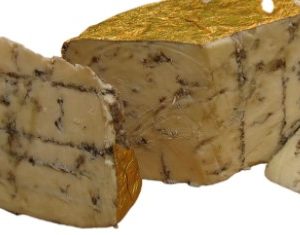
BLUE BENEDICTINE (3)
-
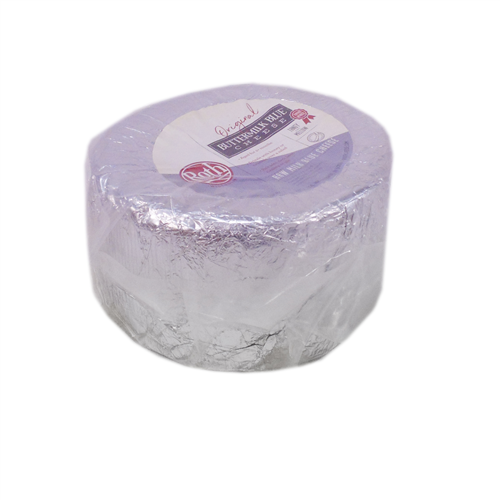
BLUE BUTTERMILK (2)
-
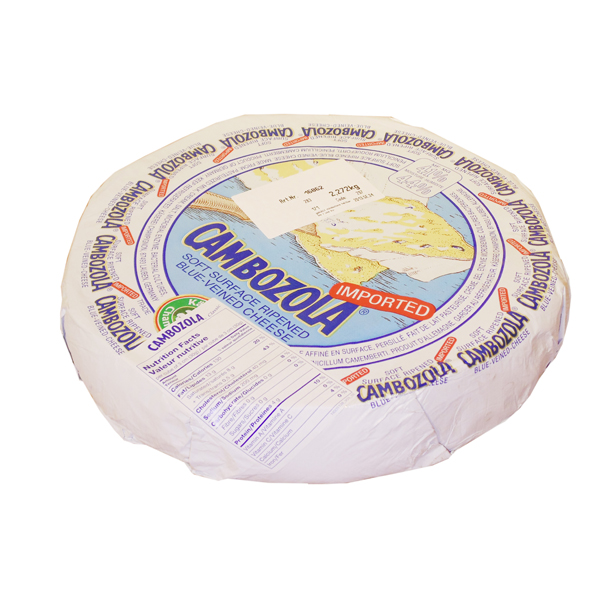
BLUE CAMBOZOLA GERMANY (1)
-
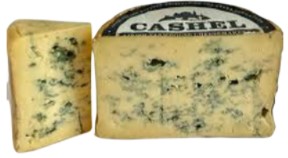
BLUE CASHEL IRELAND (2)
-
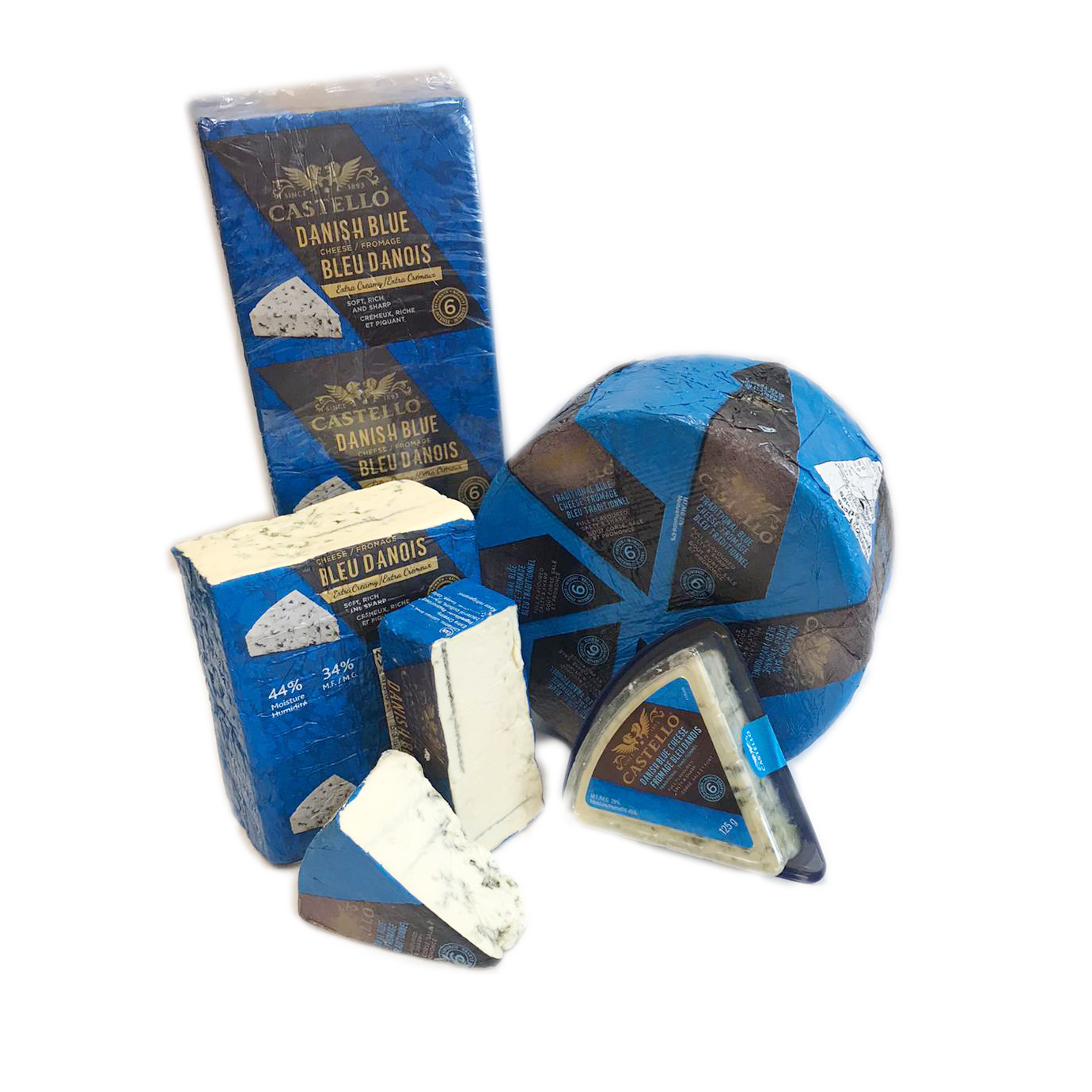
BLUE DANISH (6)
-
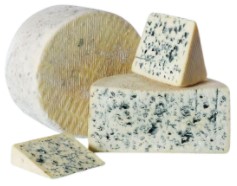
BLUE D'AUVERGNE FRANCE (1)
-
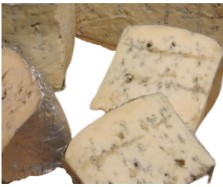
BLUE ERMITE (3)
-

BLUE FOURME D'AMBERT FRANCE (2)
-
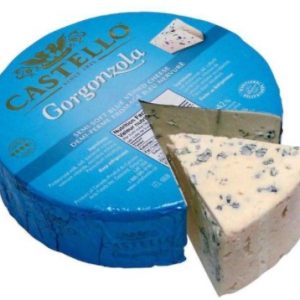
BLUE GORG. CASTELLO (2)
-
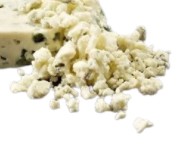
BLUE GORG. CRUMBLED CASTELLO (1)
-
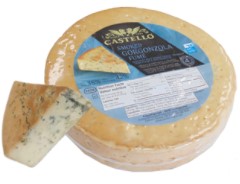
BLUE GORG. SMOKED CASTELLO (1)
-
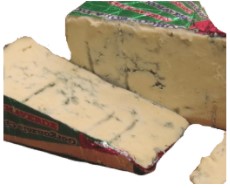
BLUE GORGONZOLA ITALY (1)
-
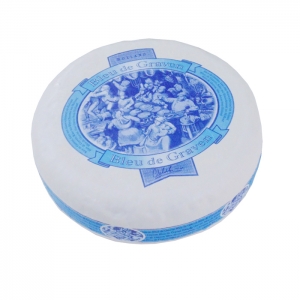
BLUE GOUDA DE GRAVEN HOLLAND (1)
-
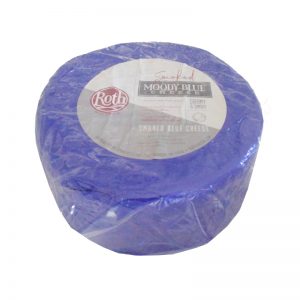
BLUE MOODY SMOKED (1)
-
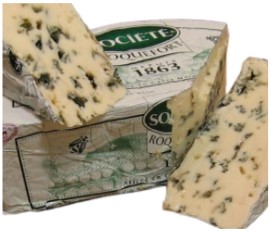
BLUE ROQUEFORT ILE DE FRANCE (2)
-
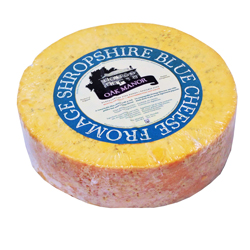
BLUE SHROPSHIRE ENGLAND (3)
-
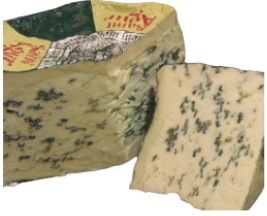
BLUE ST AGUR FRANCE (2)
-
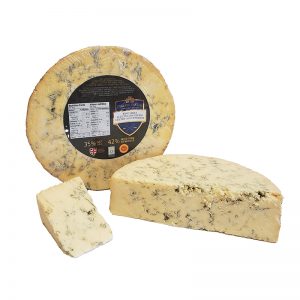
BLUE STILTON ENGLAND (2)
